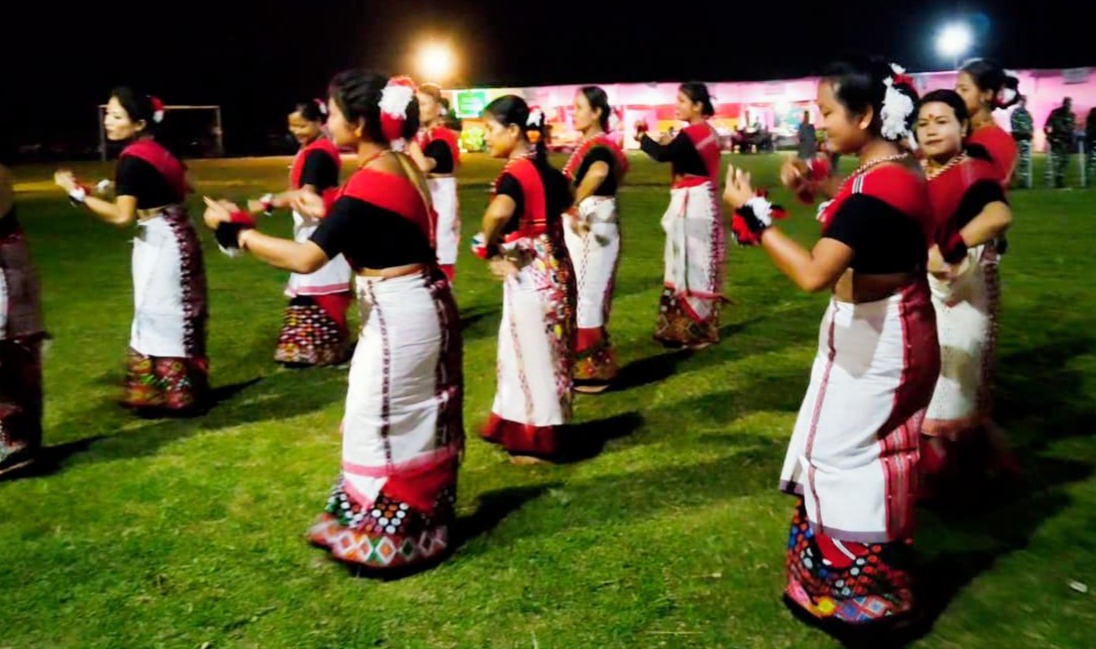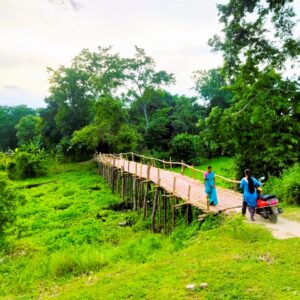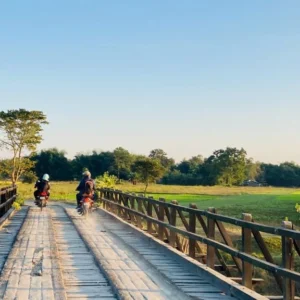Few festivals in Assam brim with as much color, joy, and tradition as Ali-ai-ligang. Each year, the Mising community in Assam welcomes this vibrant spring festival with open arms. Deeply rooted in Mising culture and identity, Ali-ai-ligang isn’t just a celebration—it marks the hope and hard work that define life along the Brahmaputra. Held in February, right before new seeds touch the fertile soil, Ali-ai-ligang pulses with songs, dances, rituals, and flavors that unite generations. In the lush valleys of northeastern India, this festival stands as a living bridge between the past and the future.
Origins and Cultural Significance of Ali-ai-ligang
Ali-ai-ligang is more than a date on the calendar for the Mising people. It’s a living tradition with origins stretching back hundreds of years, shaped by the heartbeat of the land and the rhythm of the seasons. The festival’s story carries whispers of old legends and family lore, passed down under starlit skies. At the close of winter, when fields lie hungry for new life, Ali-ai-ligang arrives to bless the sowing of Ahu rice. This rice, grown without floods, plays a key part in the Mising agricultural cycle.
Before plows cut the earth, the Mising people invoke their ancestors’ blessings, hoping for a good harvest and peace at home. Ali-ai-ligang is when the community comes together to celebrate new beginnings, honor their ancestors, and strengthen ties with the land.
Meaning Behind the Name ‘Ali-ai-ligang’
The name Ali-ai-ligang itself holds layers of meaning drawn from the Mising language. Ali means root or seed, ai refers to fruit, and ligang means sowing. In simple words, Ali-ai-ligang stands for the “sowing of seeds and fruits.” This isn’t just about farming—it’s a nod to nurturing life, fostering growth, and holding onto tradition while embracing a new cycle. The name signals what the festival’s all about: sowing hope, both in the earth and in the hearts of those who gather.
Role in Mising Society
Ali-ai-ligang functions as the social backbone for the Mising community. Its roots push deep into spiritual beliefs, family bonds, and daily work. The Mising people see this festival as a time to thank their ancestors and local spirits, seeking protection and abundance for the year ahead. Socially, it brings families together—from the youngest child to the village elders. Economically, it marks the rhythm of rural life, aligning with the organic cycles of rice cultivation that support Mising households.
In many ways, Ali-ai-ligang is a living thread, weaving every family and field into a single story. For Mising youth, its songs and dances preserve a sense of belonging. For adults, it’s a break from daily labor and a moment to pray for their children’s futures. Each year, this ancient festival fills homes—and hearts—with purpose and meaning.
Rituals, Celebrations, and Culinary Traditions
Rituals run deep during Ali-ai-ligang, blending spiritual acts with joyful gatherings. The festival opens with a string of timeless ceremonies, each tuned to ancient beliefs and the natural world. As ceremonies unfold, villages light up with dance, music, and feasts that draw in every member of the community.
Traditional Rituals and Agricultural Practices
Ali-ai-ligang starts with the Gumin Soyin (chief of the village) leading the ceremonial plowing of the first furrows. In many households, families offer rice paste, eggs, and homemade rice beer to spirits believed to watch over the crops. Elders chant prayers asking for rain, sunshine, and a harvest that fills every granary.
Key Rituals at the Start of Ali-ai-ligang:
- Ceremonial sowing of Ahu rice seeds
- Offerings to ancestors and nature spirits
- Blessings of farm tools and cattle
- Village-wide prayers for health and unity
These rituals, simple but full of meaning, bind families to both earth and ancestry.
Mising Dances, Music, and Community Gatherings
Nothing captures Ali-ai-ligang’s spirit quite like the Gumrag dance. As soon as rituals end, groups of young men and women gather in vibrant traditional attire, moving in lines across open fields. The Gumrag isn’t a performance for outsiders; it’s an invitation for everyone—old or young—to join hands and step in unison.
The beat of the doba (drum), the clap of hands, and the rise and fall of folk songs bring old legends and love stories to life. These songs often retell tales of the land, the river, or past harvests. For many, singing these songs is an act of memory—a way to pass wisdom down without losing any of its melody.
Mising attire adds more color to the festival. Women wear bright ege (wraparounds) and handwoven scarves, while men wear dhotis and a plain white cloth called gero. Together, music and movement knit together the festive crowd, making Ali-ai-ligang an experience that pulses with warmth and pride.
Iconic Foods and Feasts
No festival is complete without food, and Ali-ai-ligang stands out for its rich, hearty dishes. Tables groan under the weight of roasted fish, smoked pork, rice cakes, and green vegetables fresh from the fields. The true star is Apong—traditional rice beer, brewed in bamboo containers and passed around with laughter and stories.
Here’s a snapshot of favorite Ali-ai-ligang foods and drinks:
| Dish/Drink | Main Ingredients | Symbolic Meaning |
|---|---|---|
| Apong | Fermented rice | Friendship, community, sharing |
| Roasted Fish | Local catch | Abundance, ties to water and rivers |
| Pura | Smoked pork | Strength, unity, celebration |
| Rice Cakes | Rice, banana leaves | Simplicity, good fortune, tradition |
Each meal carries more than flavor; it carries memories and the subtle assurance that as long as people share food, tradition will live on.
Conclusion
Ali-ai-ligang continues to shape the Mising identity as much as it celebrates the start of the farming season. In an era when tradition often sits in the shadow of fast life, festivals like this remind the Mising people of who they are and where they come from. Elders pass stories forward, young people discover pride in their roots, and the entire community takes a break from the everyday rush to simply celebrate—together.
The future holds both promise and challenge. With every new year, efforts to teach Mising music, language, and rituals to younger generations grow stronger. Yet, as long as there are fields to sow, songs to sing, and hands to join in dance, Ali-ai-ligang’s spirit will keep beating—timeless and true—in the heart of Assam.




